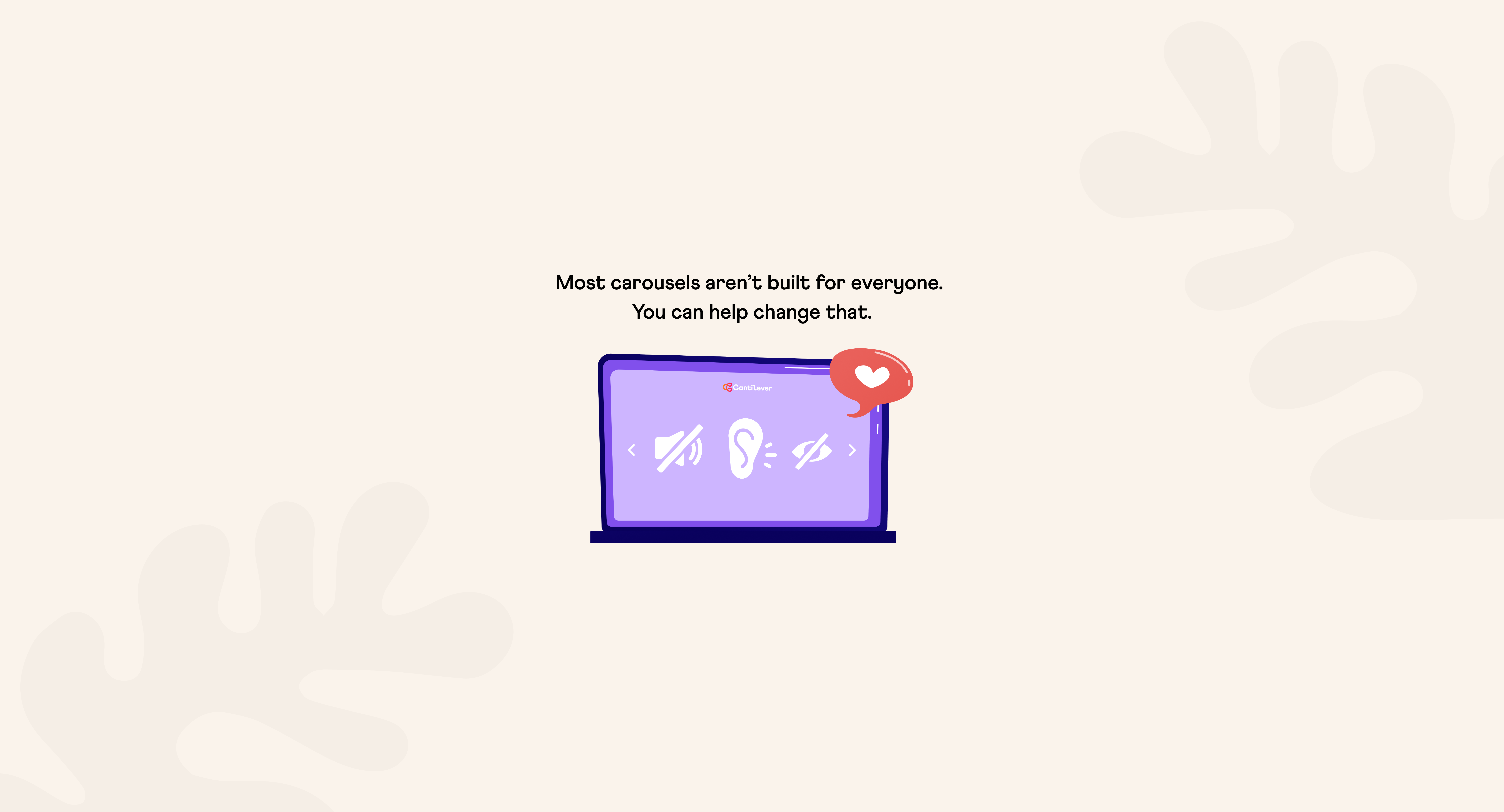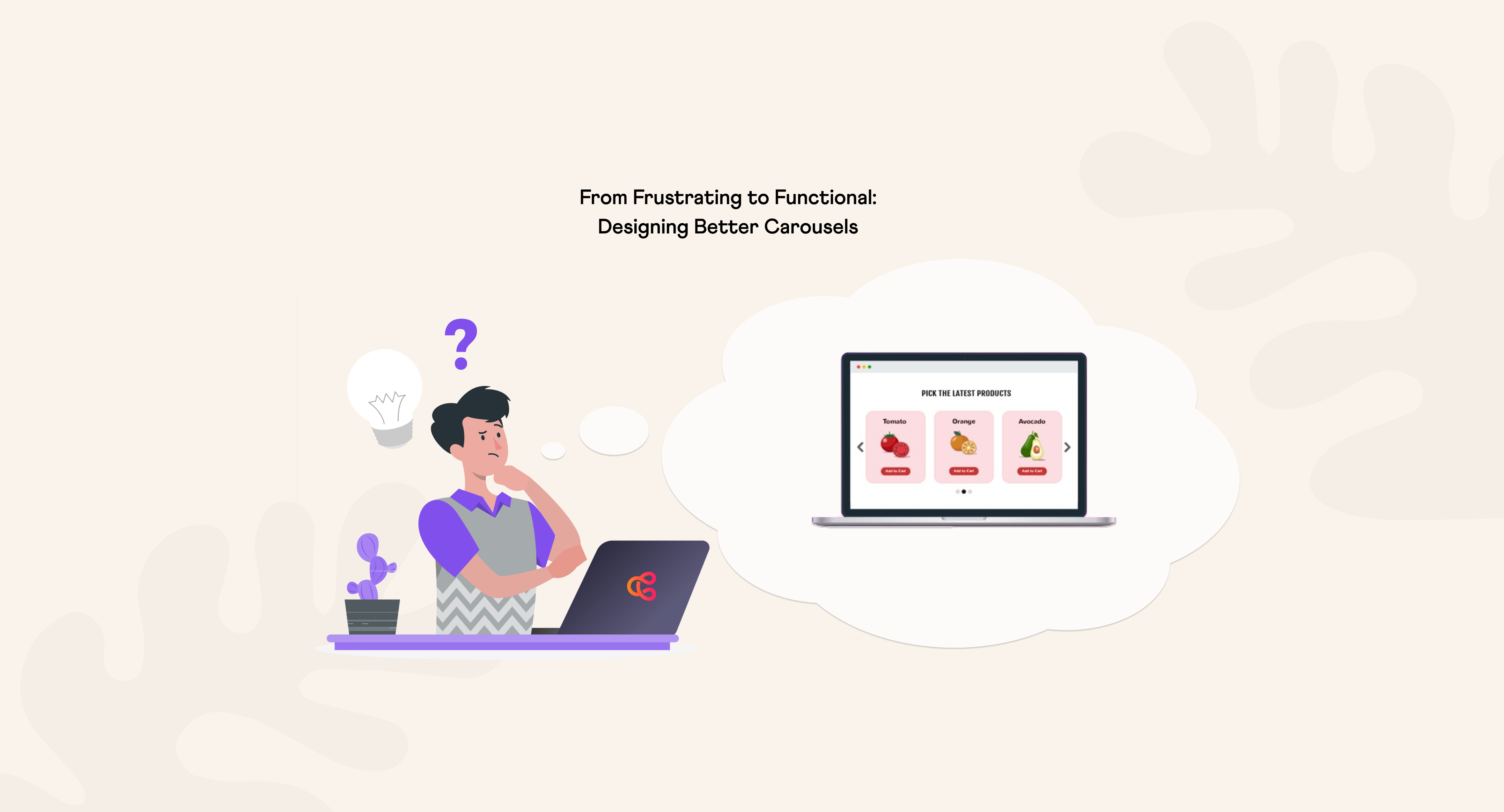Modernizing the National Children’s Museum Digital Experience for Organizational Growth


Many websites fall short when they're built as billboards instead of welcoming spaces. Here’s the fundamental difference between the two:
1) Billboard websites prioritize direct action over user needs.
Billboard sites offer ‘thin’ experiences designed to service a business agenda, not visitor intent, atop inexpensive platforms ill-equipped for our multi-device, multi-channel world. They’re built for speed of deployment, not long-term customer relationships.
2) Welcoming spaces prioritize visitor needs to drive business results.
Welcoming spaces use purposeful design and structure, supported by superior technical performance, to create brand engagement throughout the customer journey regardless of how your visitors traverse the web.
Bridging The Gap
In our experience, bridging the gap from billboard to welcoming space makes magic happen:
Data tells clear stories, marketing budgets deliver real returns, and growth targets transform from wishful thinking into reality.
Cantilever accomplishes by integrating a philosophy we call “Digital Hospitality” into every aspect of our work.
This approach, which guided the National Children’s Museum redesign, focuses on four key concepts:
First concept: Human-Centered Design
A company’s website tells you everything about what it values – just like walking into a home can tell you volumes about who lives there.
Websites built with genuine purpose and thoughtful structure create spaces where real humans can accomplish real goals.
For example, when we redesigned the Bipartisan Policy Center’s website, we learned that people didn’t visit the site in search of 'a blog post' or 'a report' (choices like these reflected the site’s existing organization).
Visitors instead sought policy areas – Housing, Immigration, Economy, etc. A seemingly simple insight, right?
So we reshaped their digital space based on this, and with remarkable outcomes – a whopping 96% jump in organic traffic.
Second concept: A Sound Foundation
Have you stayed at an Airbnb or hotel that shined online, but felt not-so-much once you arrived? This is the visitor experience on billboard sites.
Many businesses turn to WordPress, for example, and its extensibility via plugins. This can absolutely work for certain needs, but like any powerful tool, it must be used thoughtfully.
Websites built with inattention – on WordPress or any platform – have underlying code and databases of low quality.
This equates to bloat, and bloat delivers the digital equivalent of a slow elevator: Inconsistent user experience, challenges for visitors using assistive devices (about one in five US adults), and suboptimal conversion.
Digital Hospitality requires efficient sites that connect seekers to solutions quickly and bug-free, no matter how they browse.
For our client APC, a global leader in pharmaceutical process development, we created a new website with a strong technical foundation that helped produce a 144% increase in Pageviews and, importantly, a 7+% decrease in Bounce Rate.
Third concept: Delightful Interaction
When a visitor “touches” a web page by using a mouse, keyboard or assistive device, the website should react, and visitors should see it happen.
Smart animation isn't eye candy. It's a vital interaction that, applied well, guides visitors toward key actions – adding a product to their cart, or a form submission – and helps visitors feel welcomed and encouraged.
Details like this are easy to overlook in the rush to push a site live, yet are exactly what separates a site that merely exists from one actively driving growth.
For example…for our client
Fourth concept: Personalization
The secret to personalization is simple: Be a gracious host with information your visitors actually choose to share.
When someone shows you they're interested in Asian travel destinations, for instance, provide a relevant homepage experience on their next visit.
Common-sense rules apply here:
Don’t research things about the user and then repeat those things to them; don’t remember things the user didn’t want remembered.
Digital Hospitality means using information visitors want you to use to quietly improve their experience.
The National Children’s Museum Website Redesign
Reams of data support the importance of Digital Hospitality. Here are just a couple examples:
- 86% of consumers would leave a brand after as few as two poor experiences [emplifi]
- A well-conceived user experience could raise conversion rates by 400% [Forrester Research]
- A site that loads in 1s has a 3x conversion rate over one that loads in 5s, and 5x over one that loads in 10 seconds [Portent]
Digital Hospitality is so central to Cantilever’s work that we codified it as the DEMO Framework. DEMO makes Digital Hospitality actionable.
This framework guides comprehensive website evaluation and optimization...every agency has a process; DEMO is ours (learn about it here).
Now, in this post’s introduction, I contrasted billboard and welcoming websites. It’s an important distinction, and state here that the NCM did not have a billboard website prior to our involvement.
They had worked hard to understand their audience and provide a good web experience before we ever joined up.
Every engagement we take on is different. Some clients have done this type of work, others need it, still others aren’t yet keen on why it matters.
Despite the NCM’s hard work, however, site performance underscored issues that needed resolution, and Cantilever got the nod.
D is for Discovery
Step one in any online journey is about discovery.
In other words, connecting seekers to solutions is the essence of doing business online.
When we’re focused on D for Discovery, we want to understand:
- How easily can people discover that you have a solution to meet their needs?
- Once they’ve found it, does your website effectively inform their decision-making?
As you may have guessed, this portion of the process focuses on content. Content is a component of search rank. Nowadays, it also relates to AI readiness.
It is also about informing a decision-making process that everyone engages in. There are even more reams of data about this–we won’t go there, for now.
Another variable we address: What strategy is in place for attracting visitors, whether through paid or social media, organic search, or email?
And, do the right people find you? Once they have, do they stick or bounce?
Working with the NCM on Discovery, we learned:
- The mobile visitor experience is mission-critical.
- The museum experience is filled with whimsy, passion, and inclusivity. The online experience had to deliver this, as well.

E is for Ease of Use
If your homepage is a foyer, crossing its threshold and finding information (connecting seekers to solutions) requires intentional design.
DEMO’s second pillar, Ease of Use, is about user experience (UX). It looks way beyond aesthetics: it assesses trust.
Is the website quick? Is wayfinding intuitive? Is the site accessible (one in four US adults have a disability that hinders their ability to use websites)? Is it secure?
That bit I cited earlier–86% of consumers would leave a brand after as few as two poor experiences? That’s real.
Slow websites, poor navigation, inaccessibility, and lack of security erode trust. Trust is so easy to lose.
So when we focus on E for Ease of Use, we sleuth metrics like site speed, WCAG accessibility standards, and bounce rates.
Regarding NCM’s site, we knew it needed to be optimized for slow networks and narrow display widths
It had to be mobile-optimized, and understood why the existing one was not.
Earlier I mentioned Wordpress, and not to pick on an easy target (it qualifies). We’ve built and manage Wordpress sites that perform well.
The NCM was on Wordpress, but the existing implementation led to brand inconsistencies, bogged down their team’s workflow, and delivered poor technical performance.

M is for Messaging
Pillar three is Messaging, the nexus of site content and visual design.
Messaging should establish credibility, clarify the problem(s) you solve, and position your brand as the guide who can help your customers succeed.
Signals for messaging quality include time on site, time to conversion, conversion pathway drop rates, and conversion rate for both micro and macro-conversions.
Back to the NCM: We knew about extremely important elements within its museum experience.
These elements drive patronage, inspire teachers, please parents and, most importantly, fulfill children. Getting these right within the online experience would be equally critical.
The NCM had a detailed understanding of its audience, an irreplaceable asset when developing content strategy and messaging.
Don’t noonan this one, Cantilever!
The existing website had disconnects between messaging and audience segments that impacted bottomline growth and undermined the museum's mission to deliver a seamless transition between online exploration and the in-person experience.

O is for Offers
DEMO’s final pillar, Offers, is about calls-to-action (CTAs).
CTAs drive seekers to solutions.
Depending upon where within a journey your seekers are, the right solution could be informational. It could be transactional. You don’t know, and have to prepare for both.
Remember, billboards are flat and soon forgotten; welcoming spaces are memorably inviting.
We knew the NCM had multiple audience segments, each with distinct goals.
Any CTAs we penned must lead them through the museum’s online experience in a compelling, relevant way.
Because that’s what good CTAs do.

Delivering Results
So much of what went into our DEMO-based assessment of the NCM website hasn’t been mentioned, and that’s ok.
The key takeaway is this: Develop situational awareness.
You have goals. You have a website. The site either meets these goals or doesn’t.
In the case of the latter, the DEMO Framework is so effective because it guides the creation of situational awareness.
And once equipped with this knowledge, gaps to business objectives become glaringly evident.
With this knowledge, you develop a project vision.
For the NCM, we envisioned:
- A space tailored to ignite imagination, build anticipation, and inspire action
- Design and content that inspires kids to care about and change the world, and that even helps create the next generation of leaders
- An organized, accessible foundation that meets today’s needs, and yet would be easily extensible to support strategic growth.
Our build priorities focused on:
- A blazingly fast, technical platform and mobile-first implementation
- An inclusive digital space through strong accessibility and localization
- An information architecture that supports intuitive exploration to key, measurable interactions
- An effective backend to enable efficient, fluid content management without extensive developer support
And the results, hopefully, speak for themselves. Thanks for reading.
Make your website work for you
Get top dev and accessibility tips delivered directly to your inbox for a more impactful online presence.








